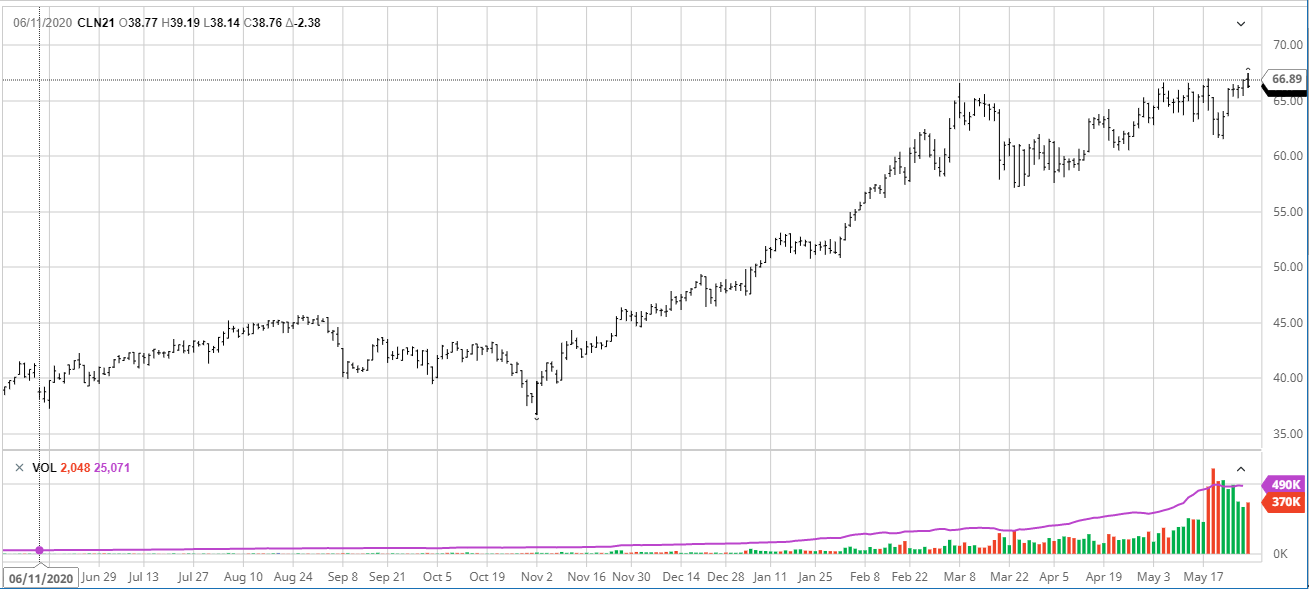The Energy Information Administration reported that March crude oil production gained 1.401 million barrels per day, averaging 11.184 mmbd. This follows a drop of 1.273 mmb/d in February due to the freeze in Texas. The March 914 figure compares to the EIA’s weekly estimates (interpolated) of 10.968 mmbd, a figure that was 216,000 lower than the actual 914 monthly estimate.

Gains in production were experienced in Texas (990,000), New Mexico (172,000), the Gulf of Mexico (107,000), Oklahoma (87,000), and North Dakota (14,000 b/d).
Given the huge reduction last May, production dropped by 1.553 mmb/d over the past 12 months. This number only includes crude oil.

The EIA-914 Petroleum Supply Monthly (PSM) average figure was nearly identical to the weekly data average reported by EIA in the Weekly Petroleum Supply Report (WPSR).

The 914 figure was about 240,000 higher than the 10.940 mmbd estimate for that month in the May Short-Term Outlook. This difference is enough to trigger a “rebenchmarking” to EIA’s model in future production levels.
Options Basics Boot Camp - Free
Learn how to use options to supersize your portfolio returns with Trader Travis' free training!
The EIA is projecting that 2021 production will exit the year at 11.43 mmbd. And for 2022, it projects an exit at 12.33 mmbd.

Drilling rigs have been steadily rising to a 13-month high in the latest Baker-Hughes figures, and the July WTI contract has rebounded to $66.32 /bbl.
Conclusions
The unprecedented oil price collapse of 2020 has been totally erased, and U.S. crude production has responded to some extent. With WTI in the mid-$60s, it appears that EIA projections for low growth in 2021 and 2022 may be too pessimistic.
Check back to see my next post!
Best,
Robert Boslego
INO.com Contributor - Energies
Disclosure: This contributor does not own any stocks mentioned in this article. This article is the opinion of the contributor themselves. The above is a matter of opinion provided for general information purposes only and is not intended as investment advice. This contributor is not receiving compensation (other than from INO.com) for their opinion.

